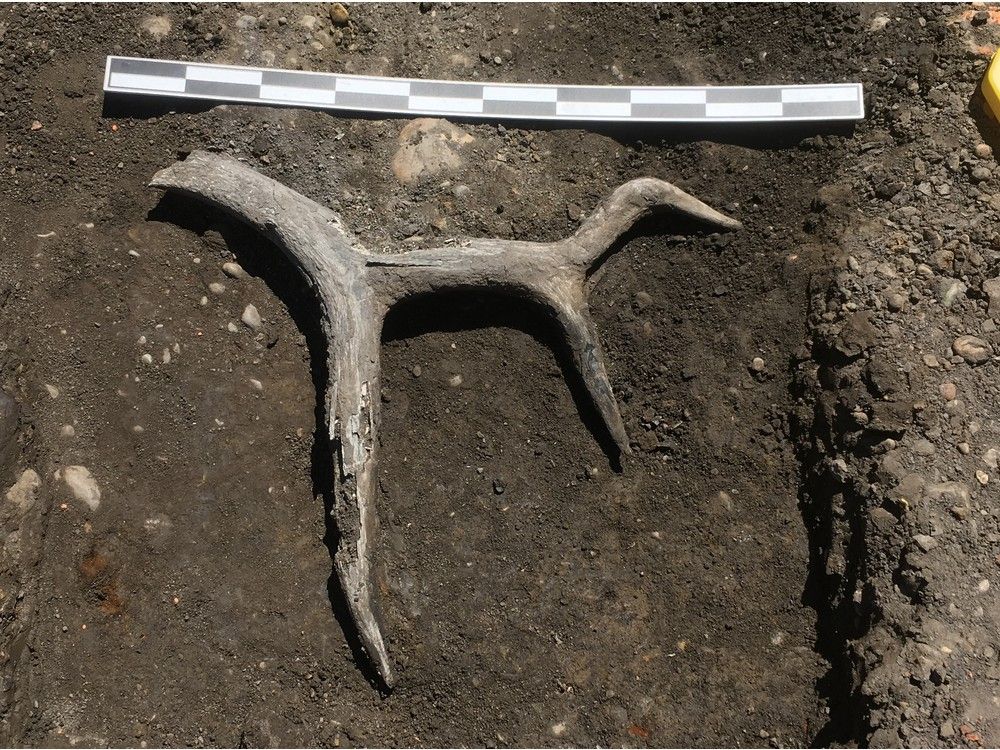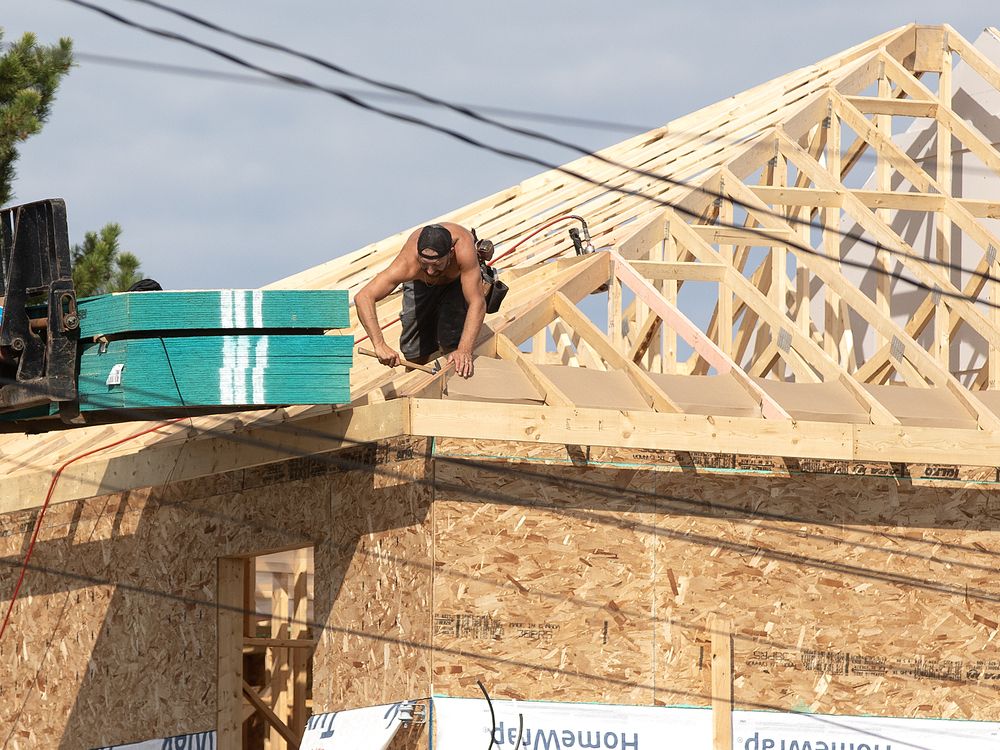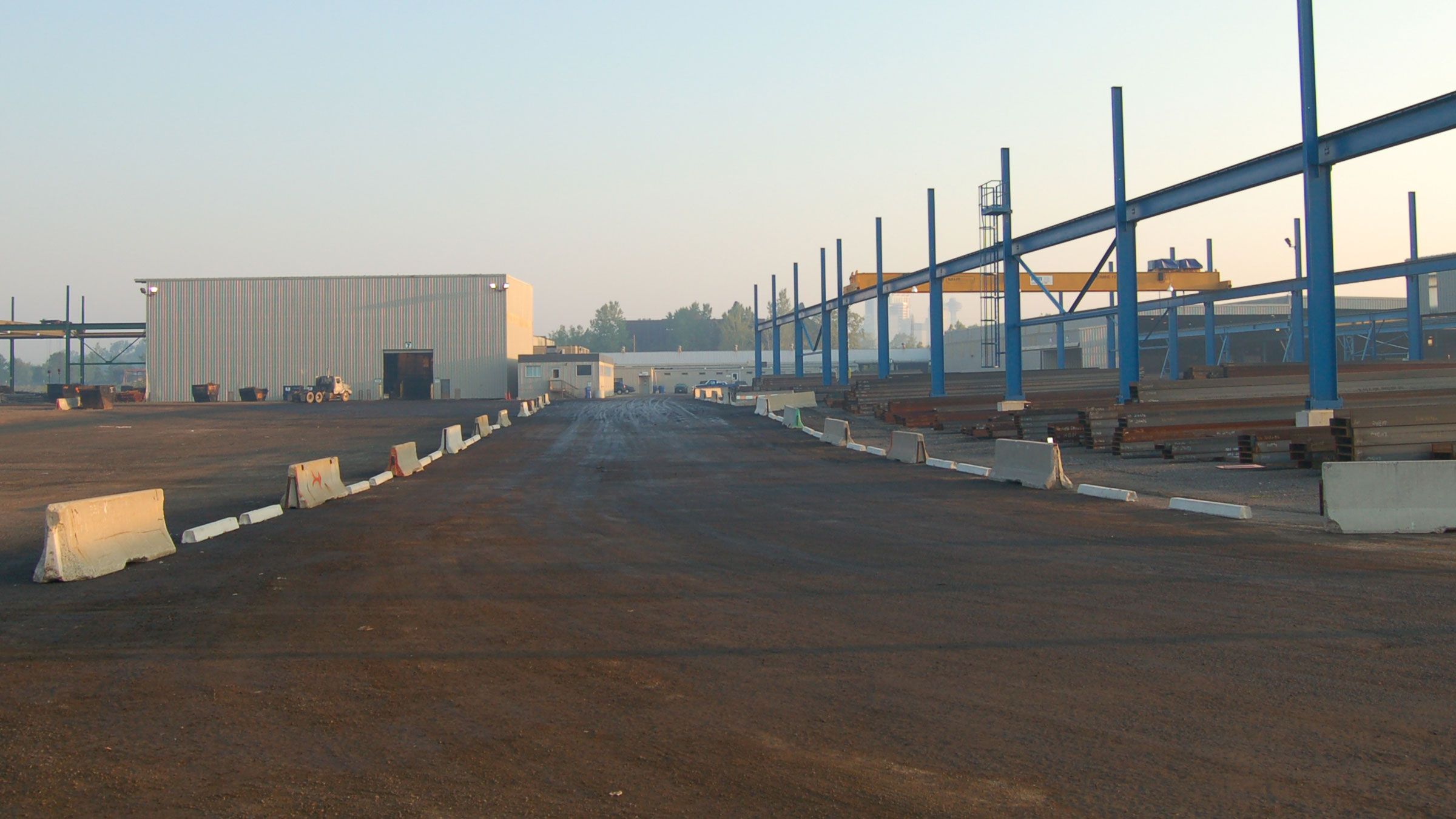Rents are still rising across Canada, but at the slowest rate in 2 and a half years

Rents are still rising across Canada, but doing so at their slowest pace in the last 2½ years, according to a report released Wednesday by Rentals.ca and Urbanation.
The national rent report data says asking rents for all residential property types averaged $2,201 in July, up 5.9 per cent from last year. The data is based on newly listed units from the Rentals.ca Network of Internet Listings Services (ILS).
The year-over-year increase is the slowest rise over the previous 31 months. However, some markets are still seeing big jumps from last year, even as others see some declines.
“What we’re seeing is the provinces with the most affordable rents are the ones where the rents are going up the fastest,” said Giacomo Ladas, the associate director of communications at Rentals.ca.
By contrast, Ontario and British Columbia were the only two provinces that saw a decrease in rent year-over-year — the only provinces where you might least expect that to be the case, Ladas said.
Vancouver saw a roughly seven per cent decrease in rents from last year, and Toronto had rents decline five per cent as a wave of condo completions came on the market.
Halifax, on the other hand, had an 18.2 per cent increase and prairie cities like Saskatoon, Edmonton and Regina also saw double-digit gains.
Smaller markets around Calgary have also started picking up.
“So for example, like Lloydminster or Lethbridge, we’re seeing areas like that with 20 per cent increases year-over-year. So it seems to be the secondary markets are really speeding up, where primaries are kind of mellowing out,” Ladas said.
Saskatchewan continues to have the fastest-growing rental prices in the country, growing at an annual rate of 22.2 per cent for purpose-built and condominium apartments. But average rent across Canada is still 38 per cent higher than it is in Saskatchewan.
“So even though it’s that much more cheaper [to] live in that province, the rate of increase is really speeding up,” said Ladas.
“We’re seeing the same things in Alberta [and] Atlantic Canada. Those are 15 per cent increases year-over-year, where an area like British Columbia for example saw a two per cent decrease,” he said. “So the swing is quite massive.”




